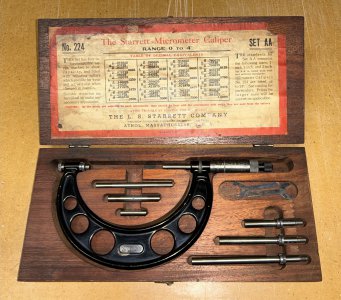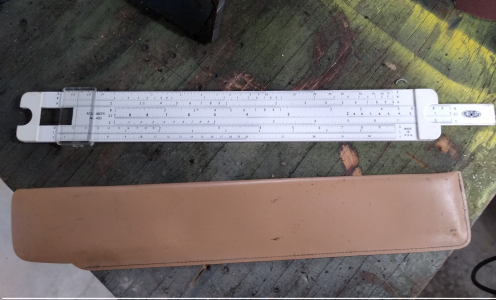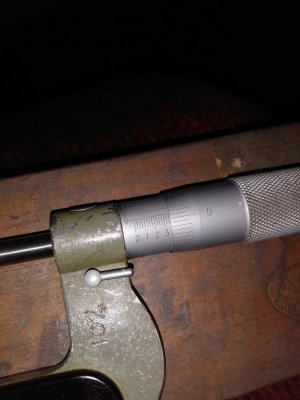- Joined
- Mar 14, 2022
- Messages
- 696
All my mics are like your example except most of the read to .0001". They're what I learned on. I do own a digital caliper, but it stays in its case.
According to an engineer I worked with, I am a true Luddite.
According to an engineer I worked with, I am a true Luddite.





